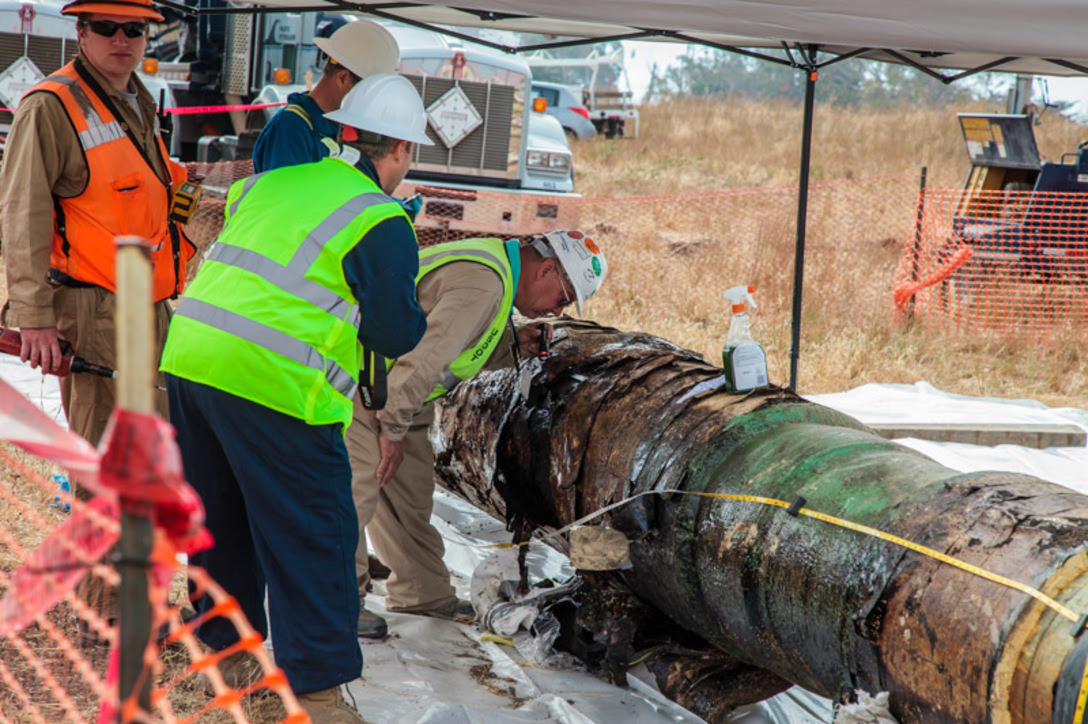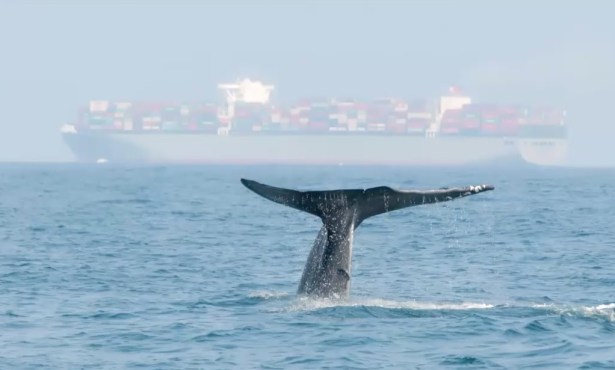ExxonMobil Abandons Plans to Build New Pipeline Along Santa Barbara County’s Gaviota Coast
Oil Giant Instead Seeks to Repair Pipeline That Caused 450,000-Gallon Refugio Oil Spill in 2015

ExxonMobil’s protracted game of chess with Santa Barbara County’s Board of Supervisors grew trickier last week when the global oil giant announced it was abandoning its efforts to build a brand-new 112-mile pipeline — in the wake of 2015’s pipeline rupture and 450,000-gallon Refugio Oil Spill along the Gaviota Coast. Instead, the company announced, it would instead seek permits to repair the existing pipeline, long beset by serious corrosion issues.
But even assuming the California Fire Marshal were to approve such plans, it’s hard to imagine a scenario in which Exxon does not find itself checkmated by the county supervisors given the board’s current tilt on oil matters. Only a few months ago, the supervisors rejected Exxon’s application to install the very safety equipment required by state legislation passed in the wake of the Refugio Oil Spill to reduce the environmental damage inflicted by future pipeline ruptures. It was County Supervisor Das Williams — then acting as a member of the state Assembly — who authored that bill, and Williams would be one of the supervisors to vote against Exxon’s application to install what’s known as automatic shut-off valves.
Activists with Environmental Defense Center (EDC), the Sierra Club, and the Center for Biological Diversity hailed the news and declared victory while denouncing Exxon’s intent to repair and reactivate the stretch of pipeline that gave rise to the spill.
Exxon — which only purchased the pipelines from Plains All American Pipeline Company — had completed about 95 percent of the environmental impact report for installing new pipeline. Exxon explained it had been informed by federal regulatory officers with the Environmental Protection Agency and the Army Corps of Engineers that restarting the existing pipeline was the “Least Environmentally Damaging Practical Alternative” under the federal Clean Water Act.
“It would not make sense to continue the permitting process when the existing pipeline can be responsibly restarted,” wrote Exxon’s Andrew Craig.
Building a new pipeline would be “reckless, to say the least,” wrote Maggie Hall, attorney with the EDC. “Restarting a corroded and compromised pipeline that already caused one massive oil spill is even worse.”
The “dig-and-fix” permits Exxon would require from the county are typically ministerial matters. But many of the property owners who granted land easements to allow the pipeline in the past are now asserting those easements have expired and new deals would need to be negotiated to repair and restart the existing pipeline. This matter is being fought out in federal court.
The property owners are represented by Santa Barbara attorney Barry Cappello, whose career really took off when he sued Union Oil — whose 1969 oil spill put Santa Barbara on the map of environmental disasters — on behalf of the City of Santa Barbara. At recent public hearings, Cappello has frequently likened the condition of the existing pipeline to “Swiss cheese.” As many as 80 repairs may be necessary, he said. None of that can be permitted without the consent of the property owners, he stressed, whom he represents.
Should the board’s composition shift in a more pro-oil direction, however, Exxon might not find itself so blocked in. Incumbent supervisors Williams, Joan Hartmann, and Bob Nelson are all up for reelection next March. Of the three, Williams and Hartmann both have cast key votes against Exxon, though Hartmann had to recuse herself from the vote on the pipeline safety valves because of the pipeline’s proximity to her home.



